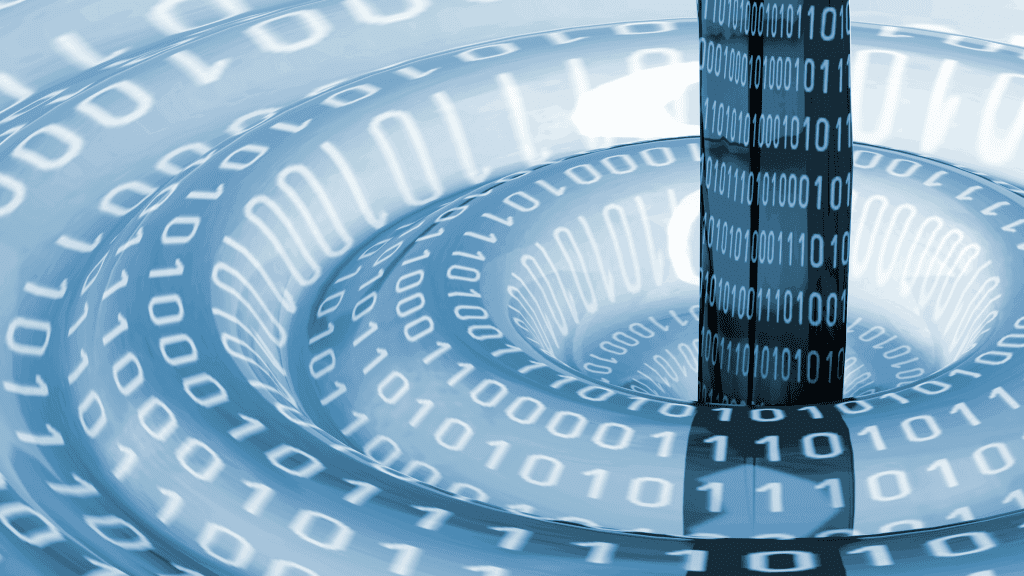
For over three decades, the Monterey Bay Aquarium Research Institute (MBARI) led deep sea technology exploration, deploying robots like its ROV Ventana to discover new species, study climate impacts, and go against destructive mining.
Founded in 1987 by David Packard, MBARI’s fleet of remotely operated and autonomous vehicles (ROVs/AUVs) has redefined marine research. From identifying bioluminescent jellyfish to tracking methane seeps, MBARI’s robotic deep sea exploration technology pledges to explore the ocean before it’s exploited.
MBARI has transformed the study of marine ecosystems, environmental impacts of deep-sea mining, and the condition of oceans.
Technology for Ocean Exploration
One of the greatest advantages of MBARI has always been the adoption of deep sea technology to unlock the ocean’s secrets. The institute was among the earliest to introduce ROVs, robot submersibles with the capability of deep diving in the ocean.
MBARI first Ventana ROV launch in 1990 allowed scientists to research the bottom of Monterey Bay, with the deep sea exploration technology leading to new discoveries like the bumpy jellyfish, Stella medusa Ventana, that catches target with its elongated arms.
Engineered for depths of up to 1,850 meters, the Ventana ROV is equipped with advanced manipulators and precision navigation systems. These allow scientists to monitor previously inaccessible Monterey Bay’s seafloor.
The Multimodality, Observing, Low-Cost, Agile Autonomous Underwater Vehicle (MOLA AUV) was introduced in 2025, and developed by the MBARI’s CoMPAS Lab, is an agile and compacted underwater robot.
Equipped with state-of-the-art sensors and software, as well as a 4K camera, stereo imaging systems, and sonar, its deep sea exploration technology collects high resolution data on marine environment. The company plans to make MOLA’s design open source to encourage wider adoption and adaptation within the community.
Scientists at MBARI kept on enhancing their equipment, such as the capacity to analyze the chemical properties of the ocean and conduct deep-sea experiments.
Credit: MBARI
Currently, MBARI is very focused on the environmental effects of deep sea mining, as technologies continue developing. With the rise of deep-sea mining, there is growing concern about its potential impact on marine ecosystems. To address these concerns, MBARI’s use of ocean sensors and deep sea innovation plays a critical role in monitoring and assessing the effects of such activities.
Deep Sea Technology
MBARI’s enthusiasm for discoveries is equaled by an enthusiasm for spreading of knowledge. Therefore, it leads in ocean exploration, pushing the boundaries of deep sea technology to monitor and safeguard marine ecosystems.
“MBARI envisions a future where we better understand and can predict ocean processes, from atoms to ecosystems; the highest-quality data informs ocean management and policy; and the ocean research and conservation community is diverse, inclusive, and equitable,” said David Packard.
Testing its devices in Monterey Bay, MBARI scientists and engineers are creating deep sea technologies that can monitor and predict changes occurring in the ocean, as a result of climate change, pollution, and overfishing. An example is the Low Altitude Survey System (LASS) that uses lasers and sonar to provide accurate images of the ocean floor. MBARI is modifying LASS for use by autonomous vehicles, which will increase the scale of the ocean floor mapping. With it, MBARI is also introducing real-time data processing software to create high-resolution maps of the deep ocean.
Inside Telecom provides you with an extensive list of content covering all aspects of the tech industry. Keep an eye on our Intelligent Tech sections to stay informed and up-to-date with our daily articles.